-
Executive Summary
-
Scope of the Report
-
Market Definition
-
Scope of the Study
- Definition
- Assumptions
- Limitations
-
2.2.2
-
Research Objective
-
Research
- Primary Research
- Secondary Research
-
Process
-
Market
-
Size Estimation
-
Forecast Model
-
Market Landscape
-
Porter’s
- Threat of New Entrants
- Bargaining Power
- Threat of Substitutes
- Segment Rivalry
-
Five Forces Analysis
-
of Buyers
-
3.1.5
-
Bargaining Power of Buyers
-
Value Chain/Supply Chain Analysis
-
Market
-
Dynamics
-
Introduction
-
Market Drivers
-
Market Restraints
-
Market Opportunities
-
Global Carry Deck Crane Market, by Capacity
-
Introduction
-
Less than 5 Tons
- Market Estimates & Forecast,
- Market Estimates & Forecast, by Region, 2022-2030
-
5.3
-
Tons to 10 Tons
-
5.3.2
-
Market Estimates & Forecast, 2022-2030
-
Market Estimates & Forecast, by Region, 2022-2030
-
10 Tons to 15 Tons
- Market Estimates & Forecast, 2022-2030
- Market Estimates &
-
Forecast, by Region, 2022-2030
-
15 Tons to 20 Tons
- Market Estimates
- Market Estimates & Forecast, by Region,
-
& Forecast, 2022-2030
-
20 Tons to 50 Tons
- Market Estimates & Forecast,
-
Market Estimates & Forecast, by Region, 2022-2030
-
Above
-
Tons
-
Estimates & Forecast, by Region, 2022-2030
-
Market Estimates & Forecast, 2022-2030
-
Market
-
Global Carry Deck Crane Market,
-
by Application
-
Introduction
-
Construction & infrastructure
- Market Estimates & Forecast, 2022-2030
- Market Estimates &
-
Forecast, by Region, 2022-2030
-
Manufacturing Industries
- Market
- Market Estimates & Forecast,
-
Estimates & Forecast, 2022-2030
-
by Region, 2022-2030
-
Mining
- Market Estimates & Forecast,
- Market Estimates & Forecast, by Region, 2022-2030
- Market Estimates & Forecast, 2022-2030
- Market Estimates
-
6.5
-
Others
-
& Forecast, by Region, 2022-2030
-
Global Carry Deck Crane Market, by Region
-
Introduction
-
North America
- Market Estimates & Forecast,
- Market Estimates & Forecast, by Capacity, 2022-2030
- Market Estimates & Forecast, by Application, 2022-2030
- US
- Canada
-
& Forecast, by Capacity, 2022-2030
-
by Application, 2022-2030
-
Forecast, 2022-2030
-
7.2.6
-
Mexico
-
Estimates & Forecast, by Capacity, 2022-2030
-
Forecast, by Application, 2022-2030
-
Europe
- Market Estimates
- Market Estimates & Forecast, by Capacity,
- Market Estimates & Forecast, by Application, 2022-2030
- UK
-
& Forecast, 2022-2030
-
7.3.4.2
-
Market Estimates & Forecast, by Capacity, 2022-2030
-
& Forecast, by Application, 2022-2030
-
Estimates & Forecast, 2022-2030
-
by Capacity, 2022-2030
-
Estimates & Forecast, by Application, 2022-2030
-
7.3.7.1
-
Market Estimates & Forecast, 2022-2030
-
by Capacity, 2022-2030
-
Forecast, by Capacity, 2022-2030
-
Application, 2022-2030
-
7.4.5
-
Japan
-
Estimates & Forecast, by Capacity, 2022-2030
-
Forecast, by Application, 2022-2030
-
& Forecast, 2022-2030
-
Estimates & Forecast, by Application, 2022-2030
-
7.5.1
-
Market Estimates & Forecast, 2022-2030
-
by Capacity, 2022-2030
-
Estimates & Forecast, by Application, 2022-2030
-
7.5.5.1
-
Market Estimates & Forecast, 2022-2030
-
by Capacity, 2022-2030
-
East & Africa
-
7.6.2
-
Market Estimates
-
Germany
-
Market
-
Market Estimates & Forecast,
-
Market Estimates & Forecast, by Application,
-
France
-
Market Estimates & Forecast, 2022-2030
-
Market Estimates & Forecast, by Capacity, 2022-2030
-
Market
-
Italy
-
Market Estimates & Forecast,
-
Market Estimates & Forecast, by Application,
-
Rest of Europe
-
Market Estimates & Forecast,
-
Market Estimates & Forecast, by Capacity, 2022-2030
-
Market Estimates & Forecast, by Application, 2022-2030
-
Asia-Pacific
- Market Estimates & Forecast, 2022-2030
- Market Estimates &
- Market Estimates & Forecast, by
- China
- India
- Rest of Asia-Pacific
-
South America
- Market Estimates & Forecast,
- Market Estimates & Forecast, by Application,
- Brazil
- Argentina
- Rest of South America
-
Middle
- Market Estimates & Forecast, 2022-2030
-
Market Estimates & Forecast, by Capacity, 2022-2030
-
& Forecast, by Application, 2022-2030
-
& Forecast, 2022-2030
-
Estimates & Forecast, by Application, 2022-2030
-
7.6.6.1
-
Market Estimates & Forecast, 2022-2030
-
by Capacity, 2022-2030
-
& Forecast, 2022-2030
-
Market Estimates
-
UAE
-
Market Estimates
-
Market Estimates & Forecast, by Capacity,
-
Market Estimates & Forecast, by Application, 2022-2030
-
Saudi Arabia
-
Market Estimates & Forecast, 2022-2030
-
Market Estimates & Forecast, by Capacity, 2022-2030
-
Market
-
South Africa
-
Market Estimates & Forecast,
-
Market Estimates & Forecast, by Application,
-
Rest of Middle East & Africa
-
Market Estimates
-
Market Estimates & Forecast, by Capacity,
-
Market Estimates & Forecast, by Application, 2022-2030
-
Competitive Landscape
-
Company Profile
-
Broderson Manufacturing
- Company Overview
- Products/Services Offered
- Key Developments
- Key Strategies
-
Corp. (US)
-
9.1.3
-
Financial Overview
-
9.1.6
-
SWOT Analysis
-
LIFT SYSTEMS, INC. (US)
- Company Overview
- Financial Overview
- Key Developments
- Key Strategies
- SWOT Analysis
-
9.2.2
-
Products/Services Offered
-
Bailey Specialty Cranes
- Company Overview
- Products/Services Offered
- Financial Overview
- Key Developments
- Key Strategies
- SWOT Analysis
-
and Aerials, LLC (US)
-
Manitowoc (US)
- Company Overview
- Financial Overview
- Key Developments
- Key Strategies
- SWOT Analysis
-
9.4.2
-
Products/Services Offered
-
Manitex International,
- Company Overview
- Products/Services Offered
- Key Developments
- Key Strategies
-
Inc. (US)
-
9.5.3
-
Financial Overview
-
9.5.6
-
SWOT Analysis
-
JMG Cranes S.p.A.
- Company Overview
- Financial Overview
- Key Developments
- Key Strategies
- SWOT Analysis
-
9.6.2
-
Products/Services Offered
-
Empire Crane Company
- Company Overview
- Products/Services Offered
- Financial
- Key Developments
- Key Strategies
- SWOT Analysis
-
Overview
-
-
List of Tables
-
Global Carry Deck Crane Market, by Region,
-
North America: Global Carry Deck Crane Market, by Country,
-
Europe: Global Carry Deck Crane Market, by Country, 2022-2030
-
Asia-Pacific: Global Carry Deck Crane Market, by Country, 2022-2030
-
South America: Global Carry Deck Crane Market, by Country, 2022-2030
-
Middle East & Africa: Global Carry Deck Crane Market, by Country,
-
Global Carry Deck Crane Market, by Capacity, by Region, 2022-2030
-
North America: Global Carry Deck Crane Market, by Capacity, by Country,
-
Europe: Global Carry Deck Crane Market, by Capacity, by Country,
-
Asia-Pacific: Global Carry Deck Crane Market, by Capacity,
-
by Country, 2022-2030
-
South America: Global Carry Deck Crane Market,
-
by Capacity, by Country, 2022-2030
-
Middle East & Africa: Global
-
Carry Deck Crane Market, by Capacity, by Country, 2022-2030
-
Global
-
Carry Deck Crane Market, by Application, by Region, 2022-2030
-
North
-
America: Global Carry Deck Crane Market, by Application, by Country, 2022-2030
-
Europe: Global Carry Deck Crane Market, by Application, by Country, 2022-2030
-
Asia-Pacific: Global Carry Deck Crane Market by Application, by Country,
-
South America: Global Carry Deck Crane Market by Application,
-
by Country, 2022-2030
-
Middle East & Africa: Global Carry Deck
-
Crane Market by Application, by Country, 2022-2030
-
Global Carry Deck
-
Crane Market, by Region, 2022-2030
-
Global Carry Deck Crane Market,
-
by Capacity, 2022-2030
-
Global Carry Deck Crane Market, by Application,
-
North America: Global Carry Deck Crane Market, by Country
-
North America: Global Carry Deck Crane Market, by Capacity
-
Table
-
North America: Global Carry Deck Crane Market, by Application
-
Europe:
-
Global Carry Deck Crane Market, by Country
-
Europe: Global Carry Deck
-
Crane Market, by Capacity
-
Europe: Global Carry Deck Crane Market,
-
by Application
-
Asia-Pacific: Global Carry Deck Crane Market, by Country
-
Asia-Pacific: Global Carry Deck Crane Market, by Capacity
-
Table
-
Asia-Pacific: Global Carry Deck Crane Market, by Application
-
South
-
America: Global Carry Deck Crane Market, by Region
-
South America:
-
Global Carry Deck Crane Market, by Capacity
-
South America: Global
-
Carry Deck Crane Market, by Application
-
Middle East & Africa:
-
Global Carry Deck Crane Market, by Region
-
Middle East & Africa:
-
Global Carry Deck Crane Market, by Capacity
-
Middle East & Africa:
-
Global Carry Deck Crane Market, by Application
-
List of Figures
-
FIGURE
-
Research Process of MRFR
-
Top-Down and Bottom-Up Approach
-
FIGURE
-
Market Dynamics
-
Impact Analysis: Market Drivers
-
Impact
-
Analysis: Market Restraints
-
Porter’s Five Forces Analysis
-
Value Chain Analysis
-
Global Carry Deck Crane Market Share,
-
by Capacity, 2020 (%)
-
Global Carry Deck Crane Market, by Capacity,
-
Global Carry Deck Crane Market Share, by
-
Application, 2020 (%)
-
Global Carry Deck Crane Market, by Application,
-
Global Carry Deck Crane Market Share (%),
-
by Region, 2020
-
Global Carry Deck Crane Market, by Region, 2022-2030
-
(USD Million)
-
North America: Global Carry Deck Crane Market Share
-
(%), 2020
-
North America: Global Carry Deck Crane Market by Country,
-
Europe: Global Carry Deck Crane Market Share
-
(%), 2020
-
Europe: Global Carry Deck Crane Market, by Country, 2022-2030
-
(USD Million)
-
Asia-Pacific: Global Carry Deck Crane Market Share
-
(%), 2020
-
Asia-Pacific: Global Carry Deck Crane Market, by Country,
-
South America: Global Carry Deck Crane Market
-
Share (%), 2020
-
South America: Global Carry Deck Crane Market, by
-
Country, 2022-2030 (USD Million)
-
Middle East & Africa: Global
-
Carry Deck Crane Market Share (%), 2020
-
Middle East & Africa:
-
Global Carry Deck Crane Market, by Country, 2022-2030 (USD Million)

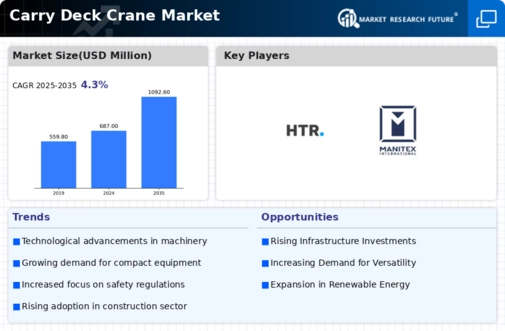
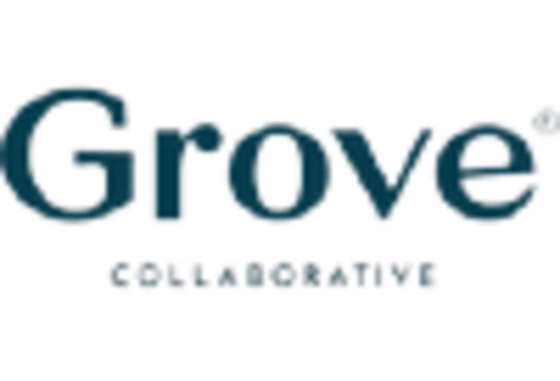
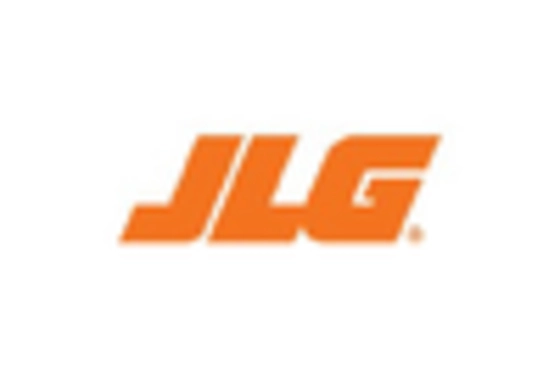
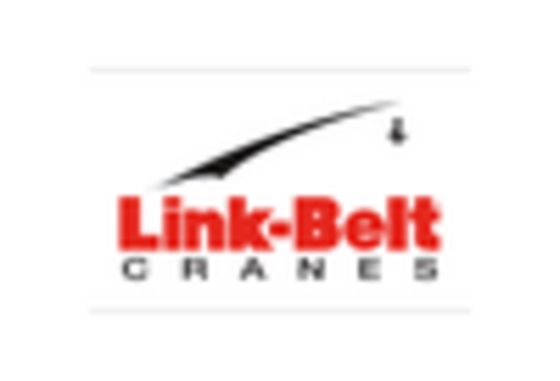
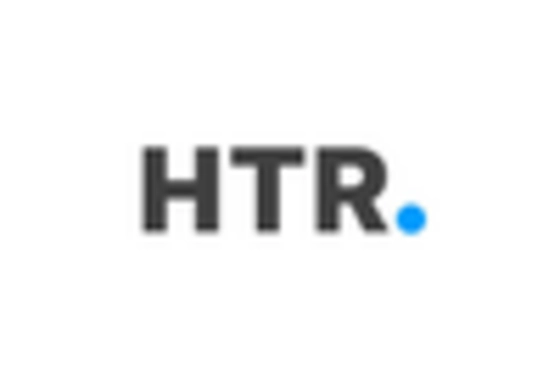
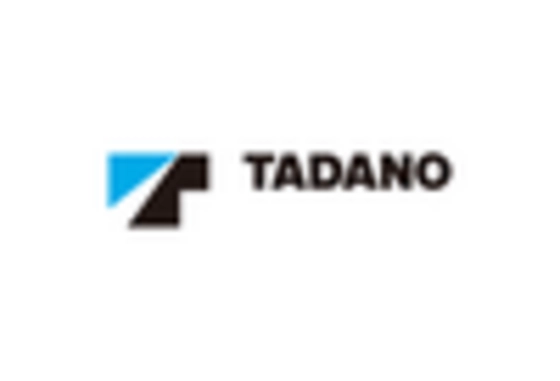
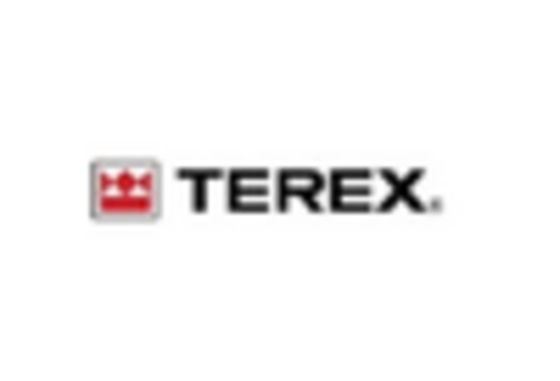

Leave a Comment